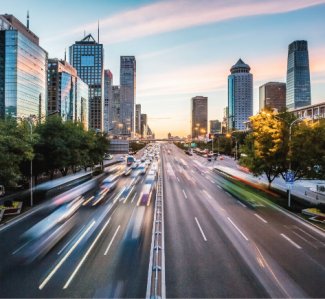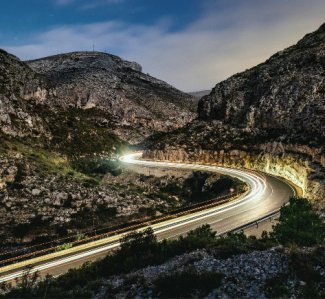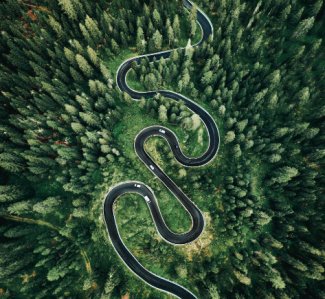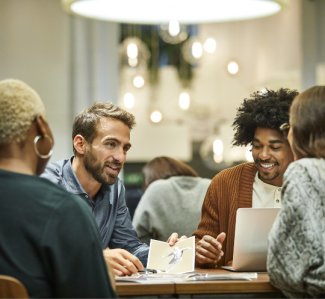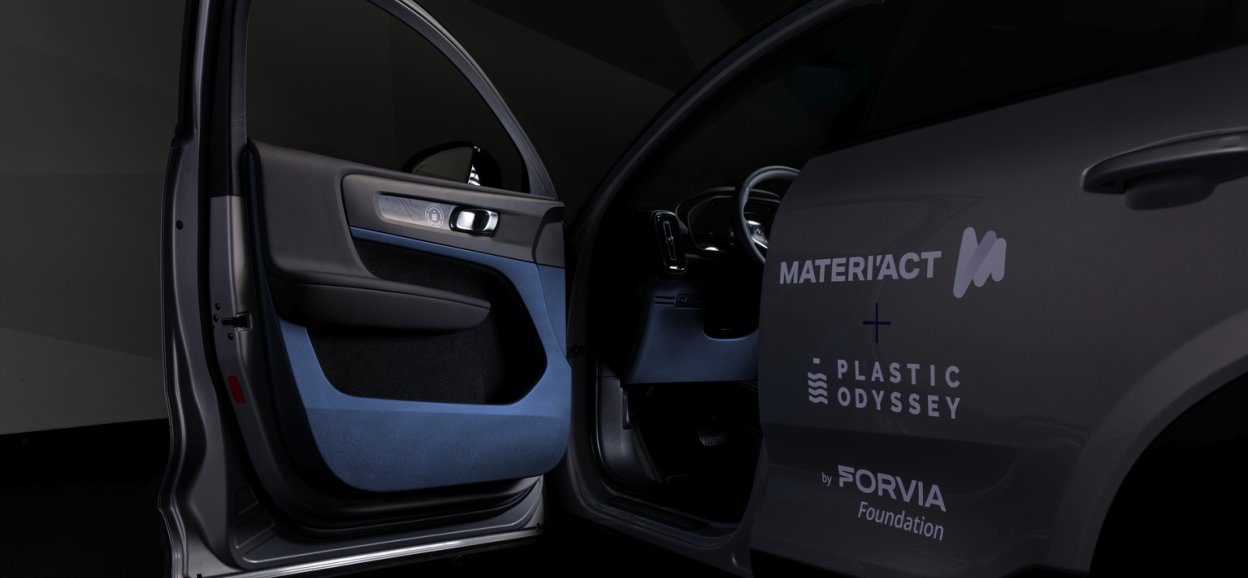
MATERI’ACT introduces a sustainable car interior featuring Ocean Bound Plastics
MATERI’ACT, the sustainable materials subsidiary of the automotive supplier FORVIA, presents a concept car integrating instrument and door panels made with Ocean Bound Plastics (OBP). The pioneering concept car was exhibited for the first time during the FORVIA Sustainability Day in Paris at the end of March 2024.
This project was conceived as part of a solidarity partnership between the FORVIA Foundation and Plastic Odyssey – the NGO serving plastic emergency. It aims at supporting local communities to collect, clean, treat, and recycle OBP.
In January, MATERI’ACT revealed a vehicle door panel where black virgin materials were replaced by a deep blue engineered experimental compound made of plastic material collected by Plastic Odyssey on beaches, and oyster shells. As a demonstration of the large technical and design capabilities of this sustainable concept and at the occasion of FORVIA’s Sustainability Day in March 2024, MATERI’ACT revealed a complete cockpit interior with four door panels and one instrument panel integrating OBP. The combination of OBP and biomass allows a 20% reduction in CO2 impact, opening the path towards MATERI’ACT’s target of up to 85% CO2 reduction. With this lively exploratory phase of what MATERI'ACT may set up as a complete and sustainable material capitalizing on recycled materials, future limited series on serial vehicles can be imagined.
“This sustainable car interior, integrating ocean bound plastics, illustrates the capabilities of MATERI’ACT to valorize more complex but also more meaningful waste sources. It also serves as a testimony to our commitment to provide sustainable and meaningful products to automakers and end-users,” comments Rémi Daudin, President of MATERI’ACT.
Eco-designed with values
Up to 20% of recycled OBP are integrated into a compound material of the NAFILean Vision range, standing for Natural Fillers for Lean and Visible design, the biobased fillers being, in this case, oyster shell particles. Decarbonization of plastics can indeed be maximized by combining low carbon recycled plastics and renewable biobased fillers that could also sequester CO2. The need for post-processing with paint or film in automotive applications is also reduced, further enhancing CO2 footprint, recycling, and cost reduction.
OBP present therefore a potential source of recycled feedstock, supplementing other sources such as Post-Consumer Recycled (PCR), End of Life Vehicles (ELV), and Post-Industrial Recycled (PIR).
This also results in a range of visible sustainable materials that infinite design possibilities able to reflect the nature and origin of the feedstocks in a wide variety of colors, grains, and high-quality perceived textures.
This new achievement underscores MATERI’ACT’s and FORVIA’s ability to integrate recycled plastics from various origins into car interiors without compromising neither the stringent standards set by automakers in terms of performance and safety, nor the perceived quality expected by the consumers.
Discover more about NAFILean Vision integrating ocean bound plastics:





